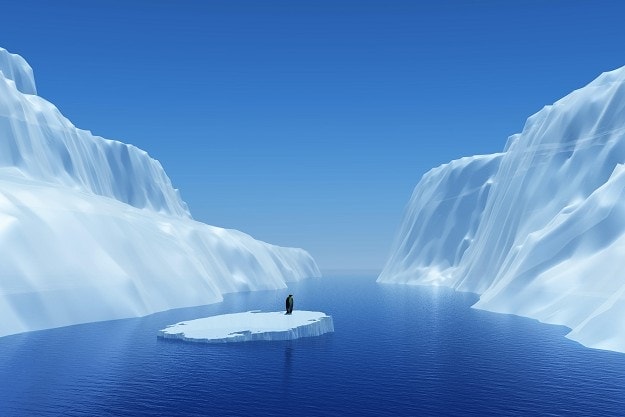Menu


We often hear the terms “climate change” and “global warming”. But what do these terms actually mean?
Climate: The long-term average of weather in an area. This is usually taken as an average of 30 years.
Climate Change: Significant, long-term changes to the global climate
Global Warming: The increase in the Earth’s average temperatureThe Earth is often called the “Goldilocks Planet”. This is because it is neither too hot, nor too cold. This perfect balance of temperatures is what allows life on Earth to flourish.
Greenhouse gases are responsible for trapping heat around the earth in a process known as the Greenhouse Effect. Greenhouse gases occur naturally, and actually play an important role in making the earth an habitable planet. Without the Greenhouse Effect, the Earth would be too cold for life.The problem starts when humans interfere with the natural balance of greenhouse gases. Since the industrial revolution, human activity has led to a steady increase in the amount of greenhouse gases in the atmosphere. More greenhouse gases means more heat is trapped. The earth is getting hotter.Temperatures on Earth are going up, and at unprecedented rates. This excess heat is causing the global climate to change.
As the earth captures more heat, oceans begin heating up as well. This causes polar ice caps and glaciers to melt. As a result, the sea levels begin to rise.
A hotter ocean also means that more water evaporates into clouds. This results in stronger storms. It also causes wind patterns to change. This can cause monsoons, snow, and rain to become more unpredictable. Droughts also become more frequent.
Every climate system on Earth is interconnected. This is why scientists no longer focus on just global warming. The focus is now on the larger topic of Climate Change. The fact that we still sometimes see snowballs isn’t proof that climate change isn’t happening.Water vapour is the most abundant greenhouse gas in our Earth’s atmosphere. In fact, the amount of water vapour in the earth’s atmosphere actually increases as the Earth warms.Compared to water vapour, carbon dioxide makes up just a minor portion of our atmosphere, at least in terms of abundance. Still, its significance as a greenhouse gas cannot be overlooked.
Since the Industrial Revolution, humans have been steadily increasing the amount of carbon dioxide that is released into the atmosphere. This is done through activities such as land conversion, fossil fuel use, and deforestation.
Carbon dioxide is also released through natural resources such as volcano eruptions, and even breathingMethane is even less abundant in our atmosphere than carbon. But it is also a much more active greenhouse gas.
Like carbon, methane is produced through both natural processes, and human activities. Activities that produce methane include land-filling, agriculture and the cultivation of rice, as well as domestic livestock.Nitrous oxide is a very potent greenhouse gas. For the most part, it is released into the atmosphere by soil cultivation practices. This includes the use and production of fertilisers, especially via the production of nitric acid, as well as biomass burning. It is also released by the use of fossil fuels.CFCs are a particularly insidious greenhouse gas. These industrial synthetic compounds have been implicated in the depletion of the ozone layer. Ozone layer depletion from CFCs damages the environment, and increases exposure to dangerous ultraviolet rays.
Nowadays, the production of CFCs is largely regulated. This is largely thanks to the Montreal Protocol, which is an international treaty that aims to protect the ozone layer by phasing out substances that contribute to ozone depletion.HOPE FOR THE FUTURE
In 2019, NASA announced that the hole in the ozone layer has reached its smallest size since it was first discovered in 1985. This is seen as evidence that the CFC bans have allowed the ozone layer to begin recovering. We should see this as hope that if we take action, we can make a difference for the future of this planet.
Photo credits: Sea photo created by kjpargeter; Background vector created by rawpixel.com; People photo created by fanjianhua; Food photo created by jcomp; Photo by Tom Fisk from Pexels; Paint vector created by macrovector; Tree photo created by natanaelginting